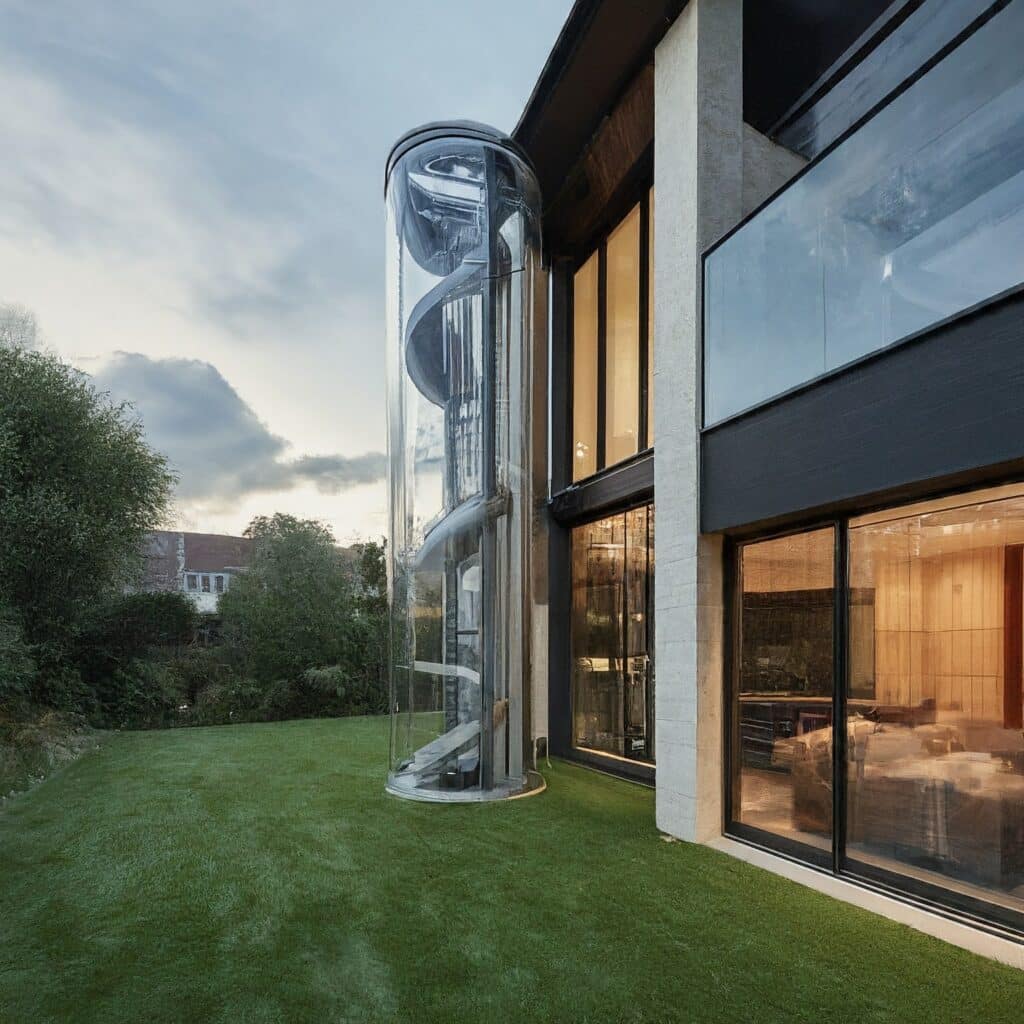For individuals who rely on wheelchairs or mobility scooters, even a few steps can present a significant barrier to entering and exiting their homes. Fortunately, residential exterior wheelchair lifts offer a safe and reliable solution to overcome these obstacles and regain independence. This comprehensive guide explores everything you need to know about residential exterior wheelchair lifts. They help you to make informed decisions for yourself or a loved one.
Understanding Residential Exterior Wheelchair Lifts

A residential exterior wheelchair lift, also known as a porch lift or vertical platform lift (VPL), is an electro-mechanical device that elevates individuals in wheelchairs or scooters to various levels. These lifts are typically installed on the exterior of a home, beside or underneath an existing entrance, providing access to raised porches, decks, or doorways.
Here’s a breakdown of the key components of a residential exterior wheelchair lift:
- Platform: This stable platform accommodates the wheelchair or scooter user and safely transports them vertically. Platforms come in various sizes to suit different needs and weight capacities.
- Drive System: The drive system powers the lift’s movement, typically using a screw or hydraulic mechanism.
- Controls: Easy-to-use controls are located on both the platform and at the landing levels for convenient operation.
- Safety Features: Safety features like emergency stop buttons, safety sensors, and non-skid surfaces ensure a safe and secure ride.
Benefits

Installing a residential exterior wheelchair lift offers a variety of benefits, promoting independence, safety, and overall quality of life:
- Increased Independence: Lifts eliminate dependence on others for assistance entering and exiting the home, fostering a sense of autonomy and freedom.
- Improved Accessibility: Lifts provide access to all levels of a home, including decks, patios, or raised entrances, allowing full participation in daily activities.
- Enhanced Safety: Lifts offer a safe and controlled ascent and descent compared to navigating stairs or using ramps with uneven surfaces.
- Preserved Home Value: Lifts can increase the value of a home by making it more accessible to a wider range of potential buyers.
- Peace of Mind: Lifts provide peace of mind for both users and their families, knowing they can navigate their home safely and with ease.
Types
There are two main types of residential exterior wheelchair lifts, each catering to specific needs and architectural considerations:
- Vertical Platform Lifts (VPLs): These are the most common type of residential exterior lift. VPLs have a platform that rises vertically, providing access to different levels. They offer a compact footprint and are suitable for various heights.
- Inclined Platform Lifts: These lifts follow a diagonal path along a track, offering access to raised landings or doorways. They are a good option for situations where a vertical lift might not be feasible due to space limitations.
Additional Considerations:
- Weight Capacity: Choose a lift with a weight capacity exceeding the combined weight of the user, wheelchair, and any additional cargo.
- Platform Size: Select a platform size that comfortably accommodates your wheelchair or scooter with enough space for maneuvering.
- Folding Options: Some VPLs have folding platforms, minimizing their footprint when not in use.
- Weatherproofing: Ensure the lift is designed for outdoor use and can withstand various weather conditions in your region.
Installation and Maintenance
Installation:
Professional installation by a qualified technician is crucial for the safe and reliable operation of a residential exterior wheelchair lift. The installation process typically involves:
- Site Evaluation: A technician will assess your home’s layout, electrical requirements, and any potential obstacles for lift placement.
- Permitting: Depending on your local regulations, obtaining building permits might be necessary before installation.
- Lift Installation: The technician will securely mount the lift to the designated location and ensure proper electrical connections.
Maintenance:
Regular maintenance ensures your residential exterior wheelchair lift operates smoothly and safely. Typical maintenance tasks include:
- Visual Inspection: Check for any visible signs of wear, damage, or loose components.
- Lubrication: Lubricate moving parts as per the manufacturer’s recommendations.
- Battery Backup (if applicable): Test and replace battery backups for uninterrupted operation during power outages.
- Professional Service: Schedule regular professional maintenance to ensure the lift’s continued functionality and safety.
Cost Considerations:
The cost of a residential exterior wheelchair lift can vary depending on several factors, including:
- Type of lift: VPLs are generally more expensive than inclined platform lifts.
- Weight capacity and platform size: Larger lifts with higher weight capacities typically cost more.
- Additional features: Features like enclosed cabs, enclosed cabs, weatherproofing upgrades, and automatic folding mechanisms increase the cost.
- Installation complexity: Complex installations involving extensive electrical work or foundation modifications can be more expensive.
Financial Assistance:
Several financial assistance programs can help offset the cost of installing a residential exterior wheelchair lift. These programs might include:
- Medicare: Medicare may cover a portion of the cost under certain circumstances, such as when a ramp is not feasible.
- Medicaid: Medicaid programs in some states might offer financial assistance for home accessibility modifications.
- Grants and Loans: Non-profit organizations and government agencies may offer grants or low-interest loans to qualifying individuals.
It’s crucial to research available financial assistance programs in your area to explore cost-saving opportunities.
Choosing the Right Residential Exterior Wheelchair Lift
Selecting the right residential exterior wheelchair lift requires careful consideration of your specific needs and home environment. Here are some key factors to ponder:
- Accessibility Needs: Assess the height and locations that require access and choose a lift that accommodates those needs.
- Available Space: Measure the available space for lift installation and choose a model with a suitable footprint.
- User Preferences: Consider the user’s comfort level and any physical limitations. Opt for a lift with easy-to-use controls and comfortable platform dimensions.
- Budget: Determine your budget and research lift options that fit your financial constraints. Explore available financial assistance programs.
- Local Regulations: Check with your local building department to understand any permitting requirements for installing a wheelchair lift.
Additional Tips:
- Consult with a Healthcare Professional: Discuss your needs with a healthcare professional or occupational therapist to determine the most suitable lift type.
- Research Lift Manufacturers: Research reputable wheelchair lift manufacturers and compare product features, warranties, and customer service offerings.
- Get Multiple Quotes: Contact several qualified lift installers to obtain quotes for the desired lift model and installation.
Safety Considerations
Safety is paramount when using a residential exterior wheelchair lift. Here are some essential safety tips to remember:
- Always Use the Lift Properly: Read and understand the manufacturer’s operating instructions and adhere to all safety guidelines.
- Maintain a Safe Distance: Ensure bystanders and pets maintain a safe distance from the lift while in operation.
- Secure the Wheelchair: Use the provided tie-down straps or wheelchair locks to secure your wheelchair on the platform.
- Regular Inspections: Conduct regular visual inspections for any signs of damage or wear and tear.
- Professional Maintenance: Schedule regular professional maintenance to keep the lift operating safely and reliably.
By following these safety precautions, you can ensure a safe and enjoyable experience using your residential exterior wheelchair lift.
Conclusion
Residential exterior wheelchair lifts offer a transformative solution for individuals who rely on wheelchairs or mobility scooters. By regaining independence and safe access to their homes, these lifts empower users to participate fully in their daily lives. By carefully considering your needs, researching various lift options, and prioritizing safety, you can find the perfect residential exterior wheelchair lift to enhance your home’s accessibility and improve your quality of life.
Frequently Asked Questions About Residential Exterior Wheelchair Lifts
Choosing a residential exterior wheelchair lift can be a significant decision. Here, we answer some of the most common questions to help you navigate the process and find the perfect solution for your needs.
1. What are the different types of residential exterior wheelchair lifts?
There are two main types of residential exterior wheelchair lifts: vertical platform lifts (VPLs) and inclined platform lifts. VPLs are the most common type, offering a platform that rises vertically to access different levels. They’re a good choice for various heights and require a relatively small footprint. Inclined platform lifts, on the other hand, follow a diagonal path along a track, making them suitable for situations where a vertical lift might not be feasible due to space limitations.
2. What factors should I consider when choosing a residential exterior wheelchair lift?
Several factors come into play when selecting the right residential exterior wheelchair lift. First, assess your specific accessibility needs. How high does the lift need to reach? Are there multiple levels you need to access? Next, carefully measure the available space for installation, ensuring the chosen lift model fits comfortably without obstructing doorways or walkways. Equally important are user preferences. Consider the individual’s comfort level while using the lift and any physical limitations they might have. Opt for a lift with easy-to-use controls and a platform size that allows for safe maneuvering of the wheelchair. Finally, don’t forget your budget. Research different lift options that fit your financial constraints and explore available financial assistance programs to help offset the cost.
3. How much does a residential exterior wheelchair lift cost?
The cost of a residential exterior wheelchair lift can vary depending on several factors. The type of lift, weight capacity and platform size, and additional features like enclosed cabs or weatherproofing upgrades all play a role in the final price. Additionally, the complexity of the installation, involving extensive electrical work or foundation modifications, can further impact the overall cost.
4. Is there any financial assistance available for residential exterior wheelchair lifts?
Fortunately, there are several programs that might help offset the cost of installing a residential exterior wheelchair lift. Medicare may cover a portion of the cost under specific circumstances, particularly when a ramp is not a viable option. Medicaid programs in some states might also offer financial assistance for home accessibility modifications. Additionally, non-profit organizations and government agencies may provide grants or low-interest loans to qualifying individuals. It’s crucial to research these programs in your area to explore potential cost-saving opportunities.
5. How do I ensure the safe operation of my residential exterior wheelchair lift?
Safety is paramount when using a residential exterior wheelchair lift. Always read and understand the manufacturer’s operating instructions carefully and adhere to all safety guidelines. Maintain a safe distance from the lift while in operation, ensuring bystanders and pets stay clear. Whenever using the lift, remember to secure your wheelchair using the provided tie-down straps or wheelchair locks. Furthermore, conduct regular visual inspections for any signs of damage or wear and tear. Finally, schedule professional maintenance at recommended intervals to keep the lift operating safely and reliably.
6. Where can I find more information about residential exterior wheelchair lifts?
Consulting with a healthcare professional or occupational therapist is a great starting point. They can assess your specific needs and recommend the most suitable lift type for your situation. Researching reputable wheelchair lift manufacturers is also crucial. Compare product features, warranties, and customer service offerings to find a brand that aligns with your priorities. Finally, get multiple quotes from qualified lift installers to compare pricing for the desired lift model and installation.








